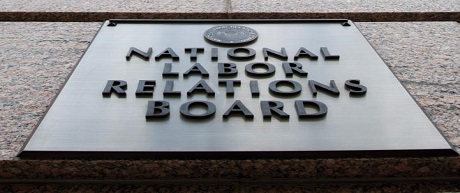
WASHINGTON – Yesterday, the National Labor Relations Board (NLRB) voted to vacate a December 2017 decision, Hy-Brand Industrial Contractors, Ltd. and Brandt Construction Co., which was seen as a win for employers insofar as it narrowed the instances when two or more employers would be considered a “joint employer” of a particular employee. The December decision in the Hy-Brand construction case was reversed because it was determined that one of the Trump appointed members of the board should have recused himself from that decision. Yesterday’s action reverts the NRLB standard back to a broader standard of indirect control, which will make it easier for employers to be found jointly liable over a particular employee.
For background: back in 2015 the NLRB significantly expanded its definition of what constitutes a “joint employer” under the National Labor Relations Act in what became known as the Browning-Ferris decision. Prior to that ruling, a business owner had to exercise direct control over a particular worker in order to be determined a “joint employer.” In Browning-Ferris, the NLRB changed that to a more vague “indirect control”. This decision was often derided by the business community, including NACS, as too vague and potentially subjecting employers to new legal jeopardy for decisions outside of their true control.
This past December, the NLRB had voted in a 3 to 2 decision to reverse its original expansion of the joint employer standard in what is known as the Hy-Brand case. Because of that decision, an outcome seen as a significant win for employers, the Browning-Ferris decision was overruled. Since Hy-Brand has now been vacated by the Board because of Board member William Emanuel’s improper participation in the case, the Browning-Ferris standard is back in place.
Mr. Emanuel was nominated for vacant seat on the NLRB in June of 2017 and confirmed in September of that year. The Inspector General of the NLRB recently determined that Emanuel should have recused himself from the Hy-Brand decision because his former law firm, Littler Mendelson PC, had represented a party to the original Browning-Ferris decision. Emanuel argued that he was one of thousands of lawyers at the firm and did not work on that particular client and thus recusal was unnecessary. He did however, pledge during his confirmation process to recuse himself from any case involving former clients of the firm for at least the first 2 years on the NLRB.
Convenience retailers – particularly retailers with franchisor/franchisee relationships – should take note of this decision. The Department of Labor (DOL) decision last summer to withdraw its own administrative guidance on expanding the joint employer definition still stands, however.